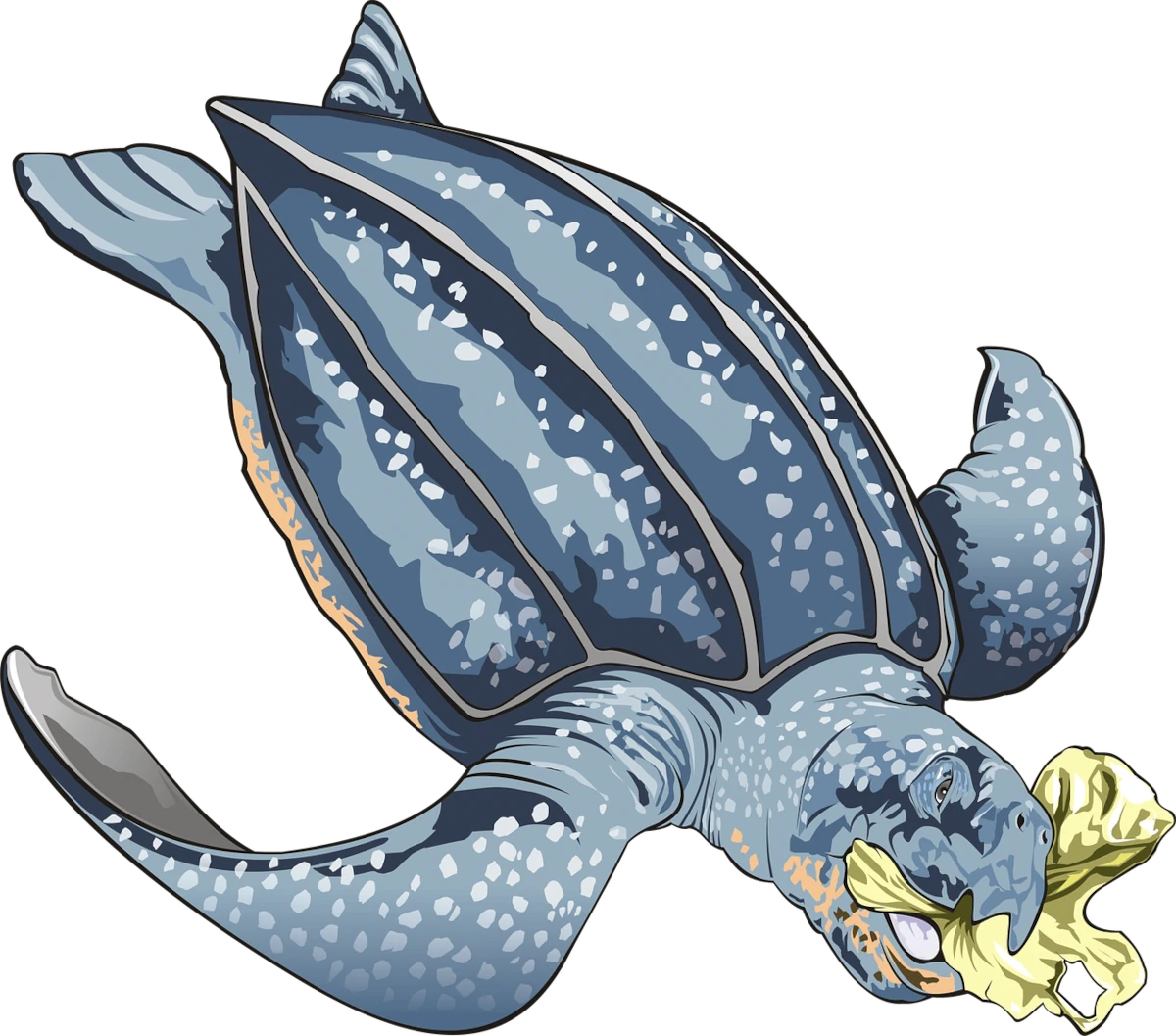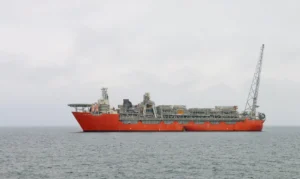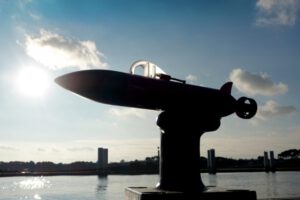There is a rising concern regarding the accumulation of plastics in the aquatic ecosystems and its effects.
Every year about 100thousand marine mammals die because of plastics ingestion, choking, inability to catch preys or swallow food, entrapment or injuries; the number increases in more than one and a half million victims, considering birds, fish and reptiles.
Additional consequences are due to plastics breakdown in the water.
Damages severity and plastics accumulation rate in the seas led governmental bodies and environmental associations to urgently encourage the study and development of solutions.
Thousands of tonnes of plastic waste are daily dumped in the sea, through industrial processes, illegal dumping, unprotected landfills, tourist and recreational activities. Large rivers represent the major pathway for sea plastic waste and, due to their high flow rate and strong current, it reaches offshore areas.

Most plastics have low density and float on the surface of water, where they are driven by wind, waves and tides till being trapped for a long time inside the so-called Oceanic Gyres and creating garbage patches.
This rubbish, like the one with higher density, may sink because of biofouling (that increase density) or it may be broken-down in smaller pieces or microplastics, by weathering, oxidants and physical stress.
New studies show that the amount of plastics and microplastics sunk to the seabed is far more than the plastic floating on the sea surface. It is important to perform deep sea surveys to assess the type and the size of such deposit, which has negative consequences on habitats and benthos, with growing threats to biodiversity.
Plastic waste on the seabed can be monitored in three different ways, based on depth monitoring: trawls or towed equipment, visual assessments and surveys by divers or using aerial, terrestrial and underwater autonomous or remotely controlled vehicles.
Visual surveys of plastic waste performed by divers, made with cameras devices, are effective near the shores in shallow waters in areas where this material is provided.
Autonomous Underwater Vehicles (AUVs) and Remotely Operated Vehicles (ROVs) are suitable for deep sea surveys; they may be equipped with cameras and sonar devices, sensors for data such as water temperature and salinity, tools for samples and gathering of benthos. AUVs and ROVs can be used by a boat through a launch and recovery system (LARS) or by hand, based on the vehicle class.
In shallow water towed cameras may be a good and cheaper option, for simple visual inspections and surveys.
The survey and monitoring of plastic waste on sea surface may also be performed with USVs and UAVs (for aerial surveys), whereas UGVs can be useful for large coastal areas and beaches.
In this case unmanned surface vehicles can be really helpful , but choosing the most suitable equipment is essential to obtain the best results from surface, aerial and terrestrial surveys.
There are different methods to assess and monitor plastics in our seas, but prevention at source is the key to reduce environmental damages, impacts on ecosystems and to protect Nature.
Jessica Moro
DSO
Images
Cover: Plastic pollution and juvenile fish – Photo by Naja Bertolt Jensen on Unsplash
Article: sea-turtle-3322226_1280 – By Painter06 –https://pixabay.com/it/illustrations/tartaruga-di-mare-tartaruga-verde-3322226/



